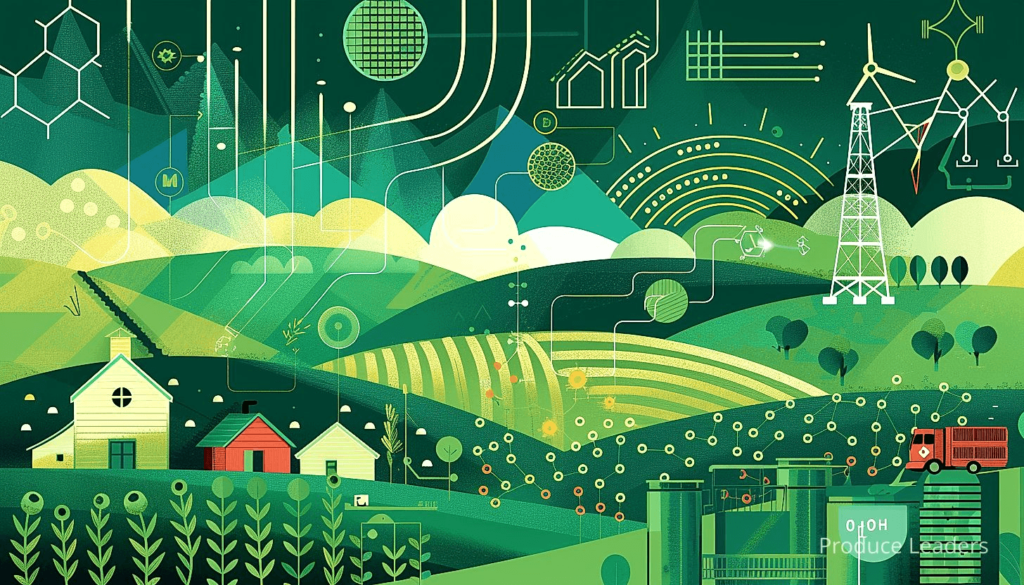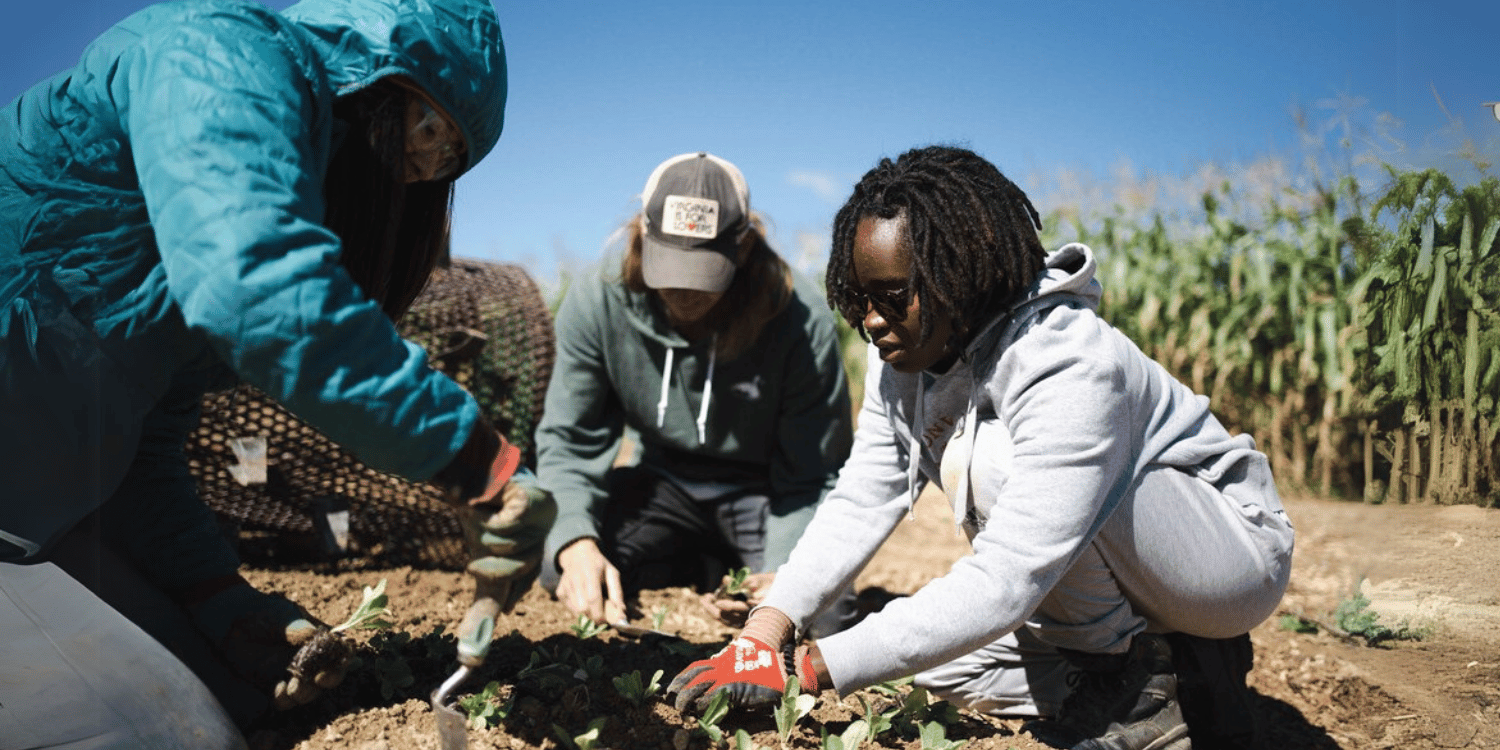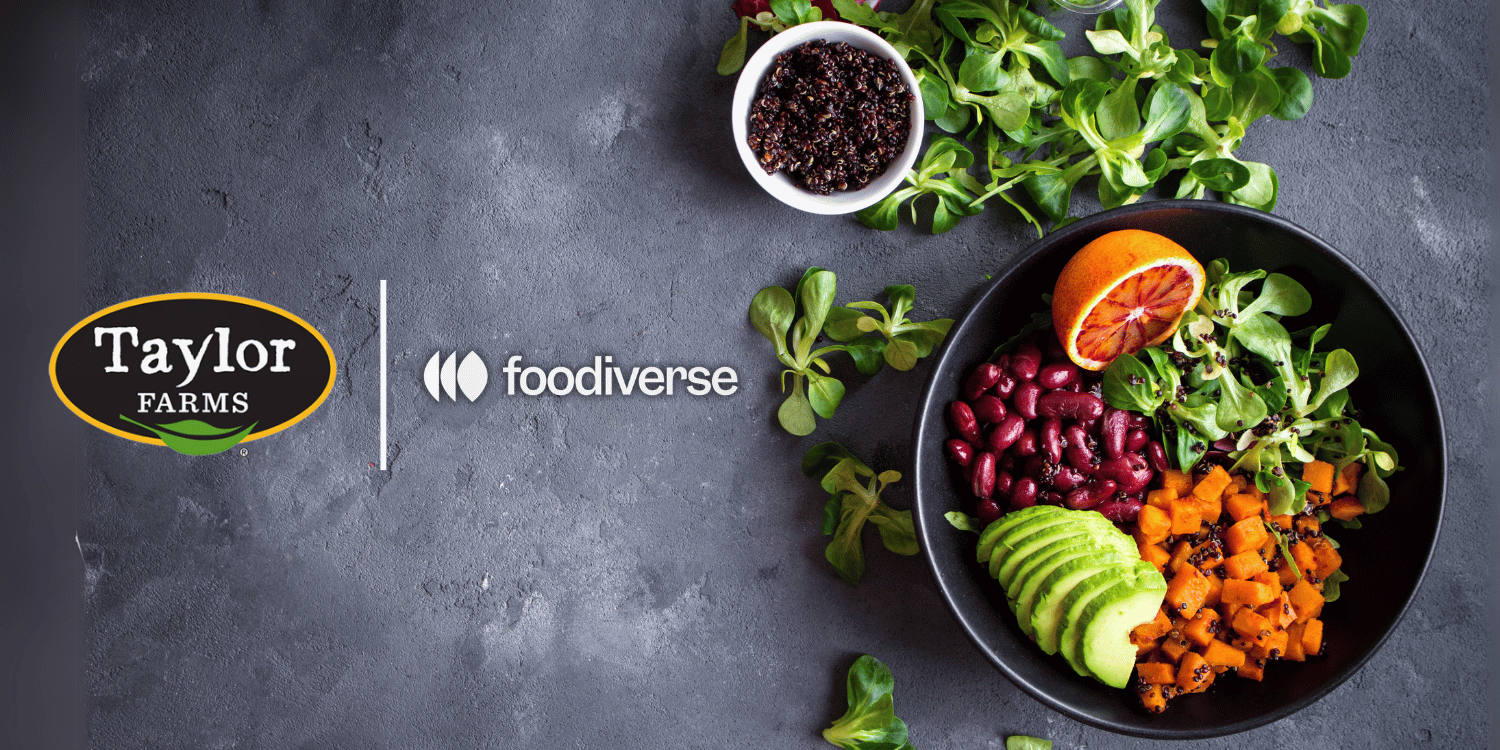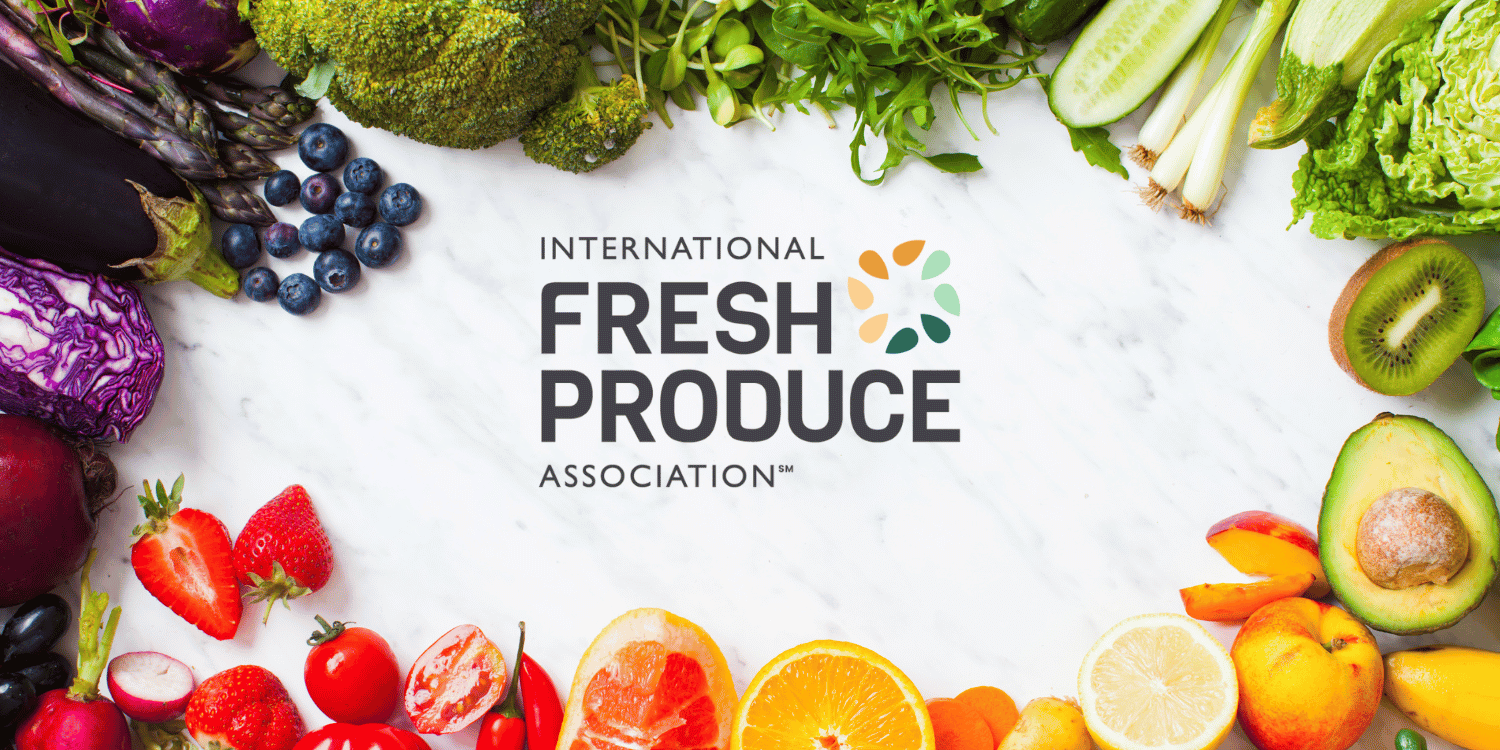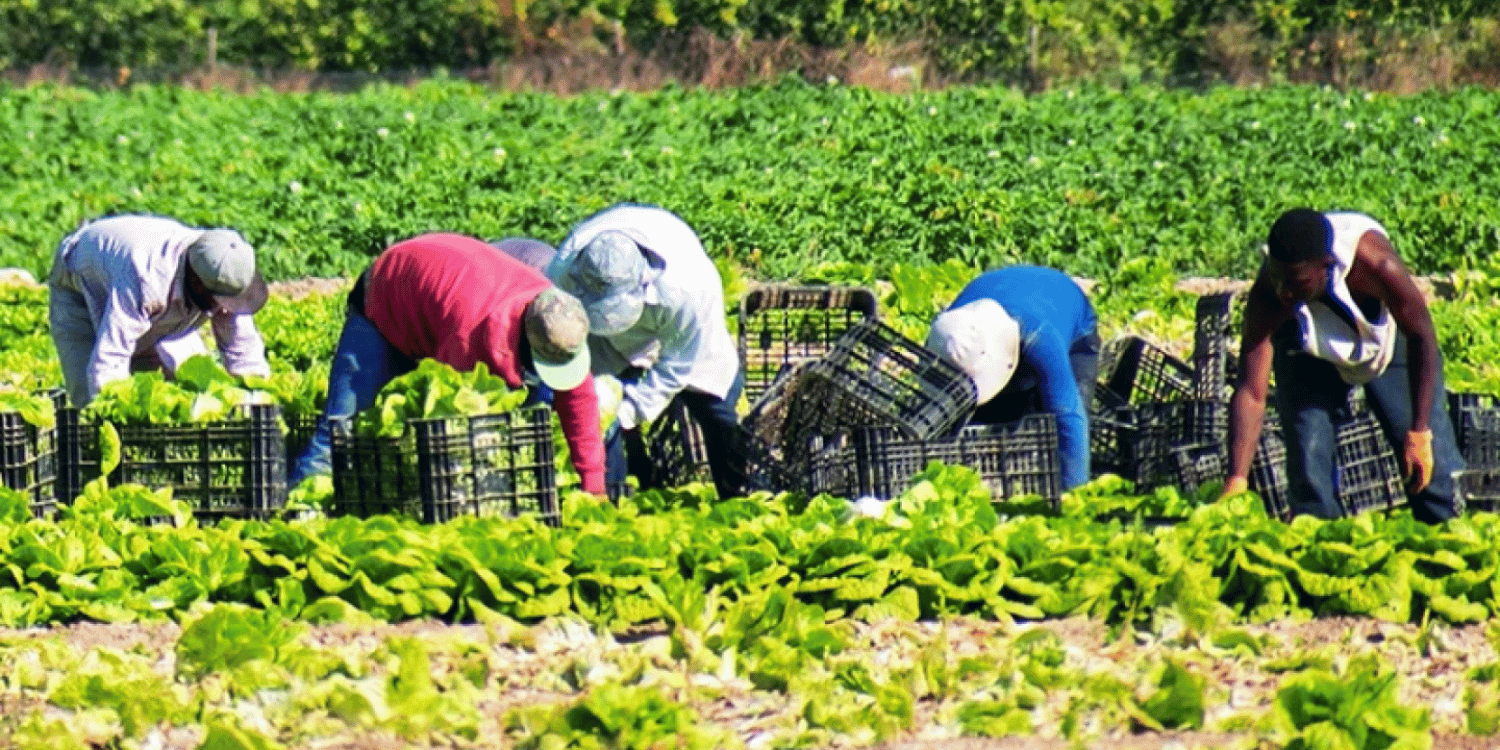Emerging challenges in biosecurity for the produce industry predominantly center on the introduction and spread of pests and diseases due to increased global trade.
Climate change, with its effects on weather patterns and species distribution, introduces additional risks and uncertainties.
Likewise, the increased use of technology and bioengineering in agriculture poses challenges related to the management and containment of genetically modified organisms.
Food safety incidents related to microbial contamination of fresh produce also pose significant concerns.
Shortages of labor and availability of appropriately skilled staff are additional challenges, as they can impact the efficiency and effectiveness of biosecurity measures.
Lastly, policy and regulation changes, public perception and demand for sustainable practices also exert considerable pressure on industry’s biosecurity protocols.
- Global trade significantly impacts biosecurity in produce industry.
- Climate change poses risks for biosecurity in agriculture.
- Bioengineering has remarkable effects on agricultural practices.
- Management of genetically modified organisms is crucial.
- Microbial contamination presents significant biosecurity issues.
- Labor shortages profoundly impact the produce industry.
- Skills gap exists in the biosecurity sector.
- Policy changes influence biosecurity strategies and measures.
These key takeaways open up a range of related and importantly important topics that we will be exploring in the upcoming sections. It’s imperative for you to carry on reading, as we will discuss in-depth, the effects of global trade and climate change on agricultural biosecurity.
Additionally, we will explore how bioengineering is transforming farming practices and why proper management of genetically modified organisms is so critical. Untangling complex issues such as microbial contamination and labor shortages in the industry will give you a broader understanding of the biosecurity challenges faced by the produce sector.
Further, you will gain insights on the skills gap in the biosecurity field and learn how policy changes can dictate biosecurity strategies and measures. These sections present a comprehensive review of pressing concerns in the produce industry, offering a more holistic view on the subject matter.
Contents
Impact of Global Trade on Biosecurity
In Short: Global trade has led to economic growth but also presents biosecurity challenges, including the risk of invasive pests and diseases, and potential genetic erosion. Balancing these issues requires strong regulatory frameworks, proactive management strategies, and a focus on food safety, pest control and the protection of local ecosystems.
With the global market continuously expanding, this growth has a profound effect particularly on the produce industry. International trade has opened up numerous opportunities for local produce farmers, hasn’t it?
Access to expansive marketplaces and the opportunity to trade products worldwide can lead to significant growth. However, with these opportunities come an array of biosecurity challenges that need to be addressed.
For starters, the introduction of invasive pests and diseases is easier, as produce from different regions intermingle. The exchange of goods has always been a pathway for the spread of foreign pests, potentially causing harm to domestic ecosystems and agriculture.
Without thorough and stringent inspection processes, contaminated produce can easily slip through. Can you imagine the implications?
Such instances not only disrupt the balance of local ecosystems but could also induce significant agricultural losses. Local farmers could particularly be vulnerable as pests may damage produce or force farmers to invest in pest control measures, thereby increasing their operational costs.
The role of global trade in driving genetic erosion should also not be overlooked. This phenomenon occurs when we favor a small number of high-yielding species for export, potentially leading to a loss of biodiversity.
Consequently, we’re left with fewer varieties, while an increased reliance on monoculture crops can leave the industry vulnerable to disease outbreaks. Would you agree that this could have far-reaching implications?
We need to look into the following key factors to understand the challenges intertwined with global trade:
- Pest control and disease management
- Protecting local ecosystems and biodiversity
- Maintaining the quality of produce
Furthermore, global supply chains are becoming increasingly complex and connected, posing additional challenges. With produce changing hands multiple times before reaching the consumer, maintaining track of produce’s origins and biosecurity status becomes challenging.
The quality of the produce can be compromised during transit. Food safety is another concern as there is high risk of microbial contamination, spoilage, and other foodborne illnesses, wouldn’t you say?
Global trade has undeniably brought increased prosperity and development.
However, the intertwined biosecurity issues cannot be ignored or underestimated. It’s clear then, isn’t it, that we need to balance our strive for market supremacy and ensuring a secure and robust biosecurity system?
While meeting these challenges may seem an uphill task, it’s not unachievable. With strong regulatory frameworks and proactive management strategies, we can ensure that the global produce industry remains vibrant whilst protecting local ecosystems and economies.
Risks Due to Climate Change
In Short: Climate change poses a significant threat to biosecurity, influencing plant pathogens, promoting the spread of diseases, and impacting crop yields. Effective management, adaptive strategies, and collective efforts from all industry stakeholders are essential in ensuring sustainable and safe produce in the future.
Weather patterns are changing globally, and the implications for the produce industry are substantial. The impacts are increasingly hitting at the heart of agriculture, biosecurity.
As climate change accelerates, it’s important to understand its potential consequences on crop diseases. Plant pathogens are directly influenced by weather and are therefore highly responsive to climate change.
Environmental conditions such as temperature, humidity, and precipitation, are the bedrock for the development and spread of diseases. Changes in these keys environmental factors can lead to an unprecedented spread of new diseases or resurgence of old ones.
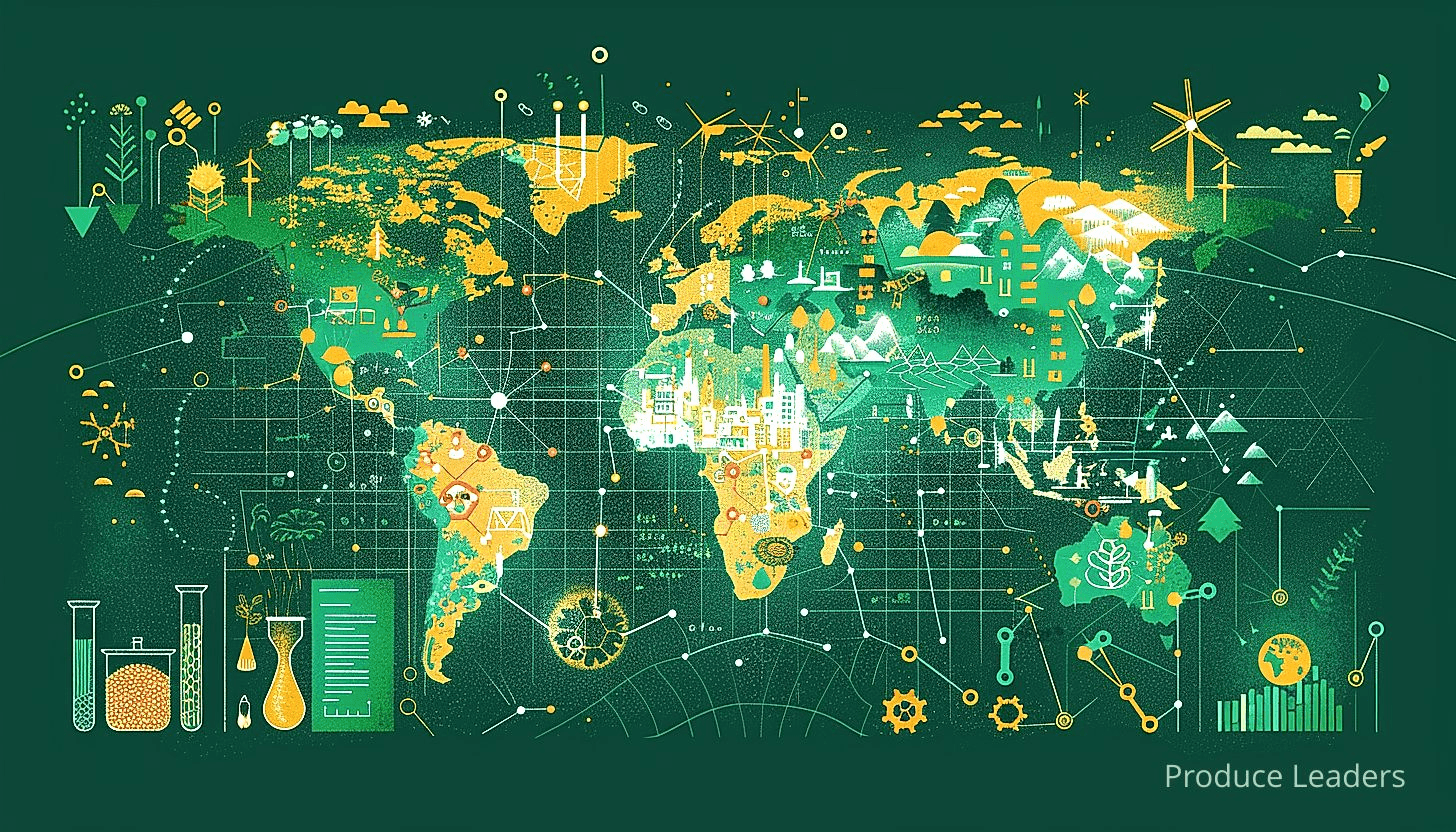
What impact can global warming have on the development of harmful pests? Pests such as insects thrive in warmer temperatures and can drastically grow in population under such conditions.
One may question, aren’t pests a normal occurrence in agriculture? However, with denser pest populations, the risk of disease spread is significantly amplified.
Beyond the increase in pests and diseases, climate change can also lead to a decrease in overall crop yield and quality.
This is due to the adverse effects of extreme weather conditions, such as heatwaves, and increased frequency of unpredictable weather events. Such erratic weather can lead to crop failure, creating a chance for soil degradation and enabling the spread of pathogens.
Now, how can we expect farmers and the industry to tackle these issues? The produce industry faces the task of enhancing biosecurity measures to adapt to these changes.
This implies redesigning biosecurity protocols to include weather predictors and adopting progressive approaches to pest and disease management.
Let’s consider some of the noteworthy changes that may need to be incorporated:
- Implementation of robust monitoring systems
- Necessity for breeders to create more resilient crop varieties
- Importance of integrating predictive models into management strategies
This climate-related biosecurity threat is a global issue that needs tackling by every player in the industry. It is not just the responsibility of farmers, but also breeders, technologists, and policymakers to ensure the continuity of our food supply.
It’s undeniable that the future of the produce industry is challenged by these ecological shifts. The roadmap to success lies within effective management and adaptive strategies.
Pro Tip: Climate change poses significant risks to biosecurity in the produce industry, necessitating the implementation of robust monitoring systems, the creation of more resilient crop varieties, and the integration of predictive models into management strategies for a safer and more resilient future.
All things considered, climate change is a complex issue that poses significant risks to biosecurity. It demands a collective effort as everyone in the chain from farmers to consumers has a stake in healthy, safe, and sustainable produce.
We are faced with the responsibility of adapting and maneuvering our pathways for a safer and more resilient future in the face of climate change. Would you be ready to play your part?
Bioengineering’s Effect on Agriculture
In Short: Bioengineering is transforming agriculture by creating high-yield crops and developing climate-resistant plants, yet also poses challenges regarding long-term human health and environmental conservation. Its benefits include optimizing nutrient levels in crops and reducing reliance on harmful pesticides, but require careful management to avoid issues like genetic erosion and ecosystem disruption.
The rise of bioengineering has created a fierce ripple effect in the realm of agriculture.
It has served as a catalyst to transform farming methodologies, and it’s paving the way for a massive paradigm shift.
Traditionally, food production followed a linear and exhaustive approach.
Now is this approach still sustainable in view of the swelling global population and resource constraints?
Undoubtedly, bioengineering holds the promise to address these issues.
However, it invariably brings forth new challenges for the industry.
The onset of genetically modified organisms or GMOs led to higher yield crops.
But, concerns arise about the long-term effects on human health and environment.
The question becomes, should we readily embrace such developments without fully understanding the implications?
Here are a few key areas where bioengineering can significantly impact agriculture:
- GMOs – While they promise higher yield and pest resistance, they can lead to a homogeneous gene pool, which can be devastating if a new disease evolves.
- Cloning – Cloned livestock can help maintain the supply of high-quality produce, but it can erode genetic diversity.
- Synthetic biology – It can create new organisms to fulfil specific needs. However, these organisms can outcompete natural ones and disrupt ecosystems.
Clearly, bioengineering is a double-edged sword for the agriculture industry.
Striking a balance between optimizing production and mitigating negative impacts is not easy.
What’s promising is bioengineering’s scope for developing climate-resistant crops.
This will certainly be a boon in tackling the fallouts of global climate change on food production.
Farmers can now optimise nutrient levels in crops and thus improve the quality of the produce.
Don’t we all dream of a world where malnutrition and hunger could be wiped out?
Our reliance on harmful pesticides and fertilizers can also be cut down significantly.
These possiblities do paint a rosy picture, but we must tread carefully.
It’s true that bioengineering is opening a world of possibilities.
But at what cost are we to achieve these feats?
We need a fair and open dialogue, because the stakes are just too high.
Our choices today will shape the future of agriculture.
As we edge towards a brave new world of bioengineered agriculture, let’s ensure it’s a world we’d want our future generations to inherit.
Genetically Modified Organisms Management
In Short: Genetically Modified Organisms (GMOs) offer new opportunities and challenges for the produce industry, with advancements in technology allowing scientists to enhance crop resilience and yield. However, managing GMOs presents difficulties including public skepticism, regulatory inconsistencies, and cross-contamination risks.
Ever thought about how the produce sector in today’s world is interacting with the concept of genetically modified organisms?
It’s striking to realize that Genetically Modified Organisms (GMOs) present both unprecedented possibilities and new challenges for the produce industry worldwide.
To comprehend the complexities of GMOs, we first need to understand the basics. Isn’t it truly fascinating how technology has enabled us to genetically engineer our food?
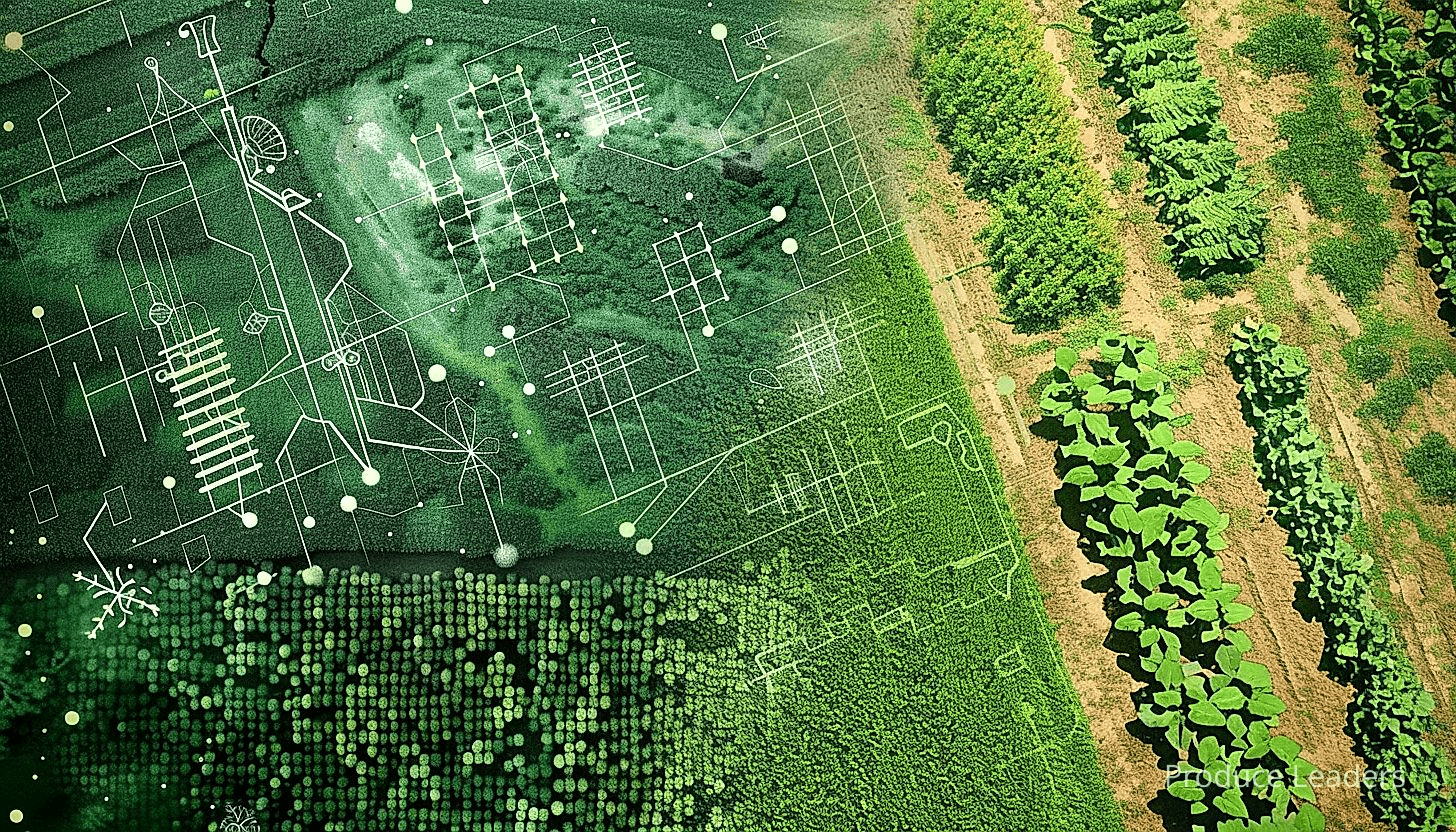
Scientists can now tweak the genetic makeup of a crop to make it more resistant to pests, yield a greater production, and cope with severe weather conditions.
A bit overwhelmed?
Let’s break down the three eminent challenges linked with GMOs that the produce industry faces with our next benchmark.
Here are the significant difficulties associated with the management of GMOs:
- Public Perception and Acceptance
- Regulation and Oversight
- Cross-contamination
Do you ever catch yourself wondering how public perception affects GMOs?
It’s common knowledge that, despite the significant food production benefits of GMOs, the public opinion remains largely skeptical and even negative at times.
Ever wondered why?
Many individuals are unaware of the scientific processes that create GMOs, causing them to associate these products with a sense of fear or distrust.
Now, let’s shift gears and talk about regulation, shall we?
The implementation of GMOs requires strict and consistent regulation and oversight to ensure that safety standards are met.
However, differing laws and standards among countries clutter the process.
Is setting international standards the key to resolving the oversight challenge?
Yet another challenge of GMO management in the produce industry is cross-contamination.
This happens when genetically modified crops mix with non-GMO crops, leading to unintentional genetic modification.
Lorem Did you know that this can cause huge issues for organic farmers?
It compromises the integrity of their crops, might diminish their market value, and it can become a concern if the modified genes have potential allergenic properties.
As we can all already see, there is a lot to consider within the scope of GMO management.
In a complex arena fraught with risks and opportunities, the produce industry must proactively address these challenges.
One might even argue that the success of the industry’s future might depend on it, don’t you think?
Issues in Microbial Contamination
In Short: Microbial contamination, from pathogens such as E. coli and Salmonella, is a serious concern in the produce industry due to global supply chains and different points of contamination. Despite measures such as regular inspections, good agricultural practices, and testing protocols, complete prevention of contamination is currently not achievable, necessitating ongoing vigilance and research.
Microbial contamination in the produce industry poses a significant challenge, wouldn’t you agree? With the advent of global supply chains, these dangers are more relevant than ever.
Most pathogens have the potential to cause foodborne illnesses when the produce is consumed. Even if produce undergoes thorough washing, certain microbes may not be completely removed.
Wouldn’t you want to know the common contaminating microbes? Let’s consider a few key offenders.
- E. coli, and its numerous strains, holds a reputation for causing severe gastrointestinal illnesses.
- Similar to E. coli, Salmonella is another bacterium often found contaminating fresh produce.
- Listeria monocytogenes can grow in refrigeration, causing a serious problem even when produce is stored under low temperatures.
Can you believe that these microbes can possess such a threat to our health? It’s a chilling reminder of how vigilant the produce industry needs to be.
These microbial threats don’t always originate on the farm. Contaminated water sources, soil with animal feces, and handling during harvesting can introduce pathogens to the produce.
Imagine investigating the journey of an apple from a farm to your plate. You’ll see numerous points where microbial contamination can occur.
Consider the situations of improper packaging, inadequate refrigeration, and incorrect handling techniques. Each scenario can quickly turn a healthy snack into a microbial hazard.
Wait, did you just ask about biosecurity measures to prevent microbial contamination? Without a doubt, regular inspections and good agricultural practices (GAP) play a key role.
Looking closer at GAP, you’ll find guidelines laid out for workers’ health and hygiene, water quality, soil amendments, and even wildlife control. Astonishing isn’t it, how broad the preventative measures need to be?
Despite these measures, full prevention of contamination isn’t quite possible. Isn’t it disconcerting that despite all precautions, completely eliminating the threat isn’t possible?
Even testing protocols for possible contamination have their limitations. They are designed to detect high levels of microbial contamination, but may not pick up minute amounts.
Don’t you agree that vigilance and continuous adaptation are necessary to ensure the safety of our food supply? Let’s not forget the continuous research ongoing to find improved methods of microbial detection and elimination.
Impact of Labor Shortages
In Short: Labor shortages in the produce industry lead to multiple problems, including unharvested crops, financial losses, and food waste. An urgent balance of technological advances and revised labor policies could serve as a solution, ensuring the sector’s viability amid changing labor circumstances.
The produce industry is facing a significant challenge with labor shortages. The impact is quite severe and multi-faceted.
Firstly, harvesting of fruits and vegetables is largely labor-intensive.
What happens when you don’t have the hands to bring in the crops?
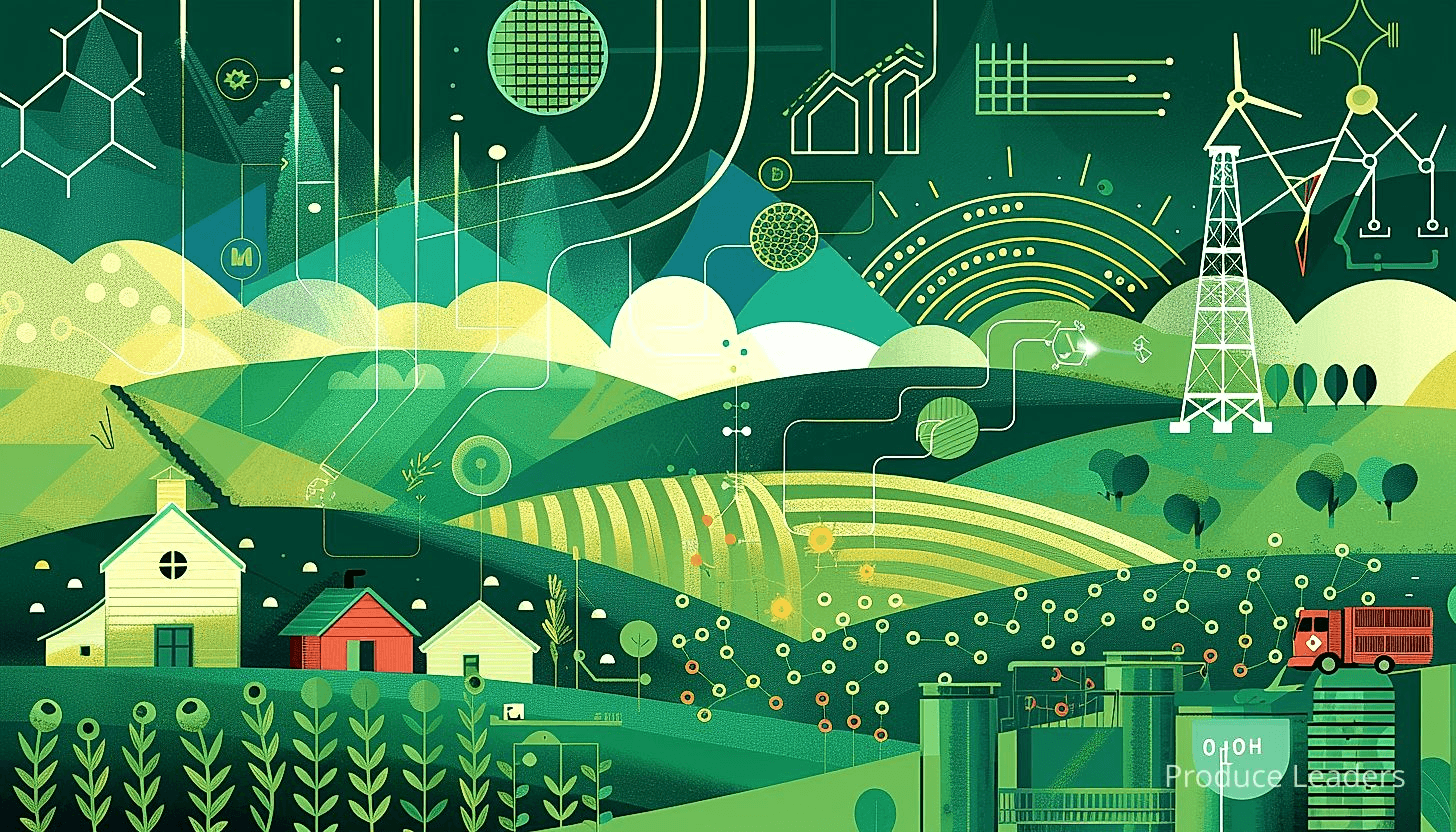
The answer is simple; crops get left unharvested in the fields. This not only leads to financial losses, but also contributes to food waste.
But why is there a shortage of labor in the first place?
The task of cultivation, harvesting, and packing often falls to migrant seasonal workers. They too have been affected by the pandemic as the borders have closed.
We face a scenario where there’s plenty of work but not enough workers.
On the flip side, what happens to the production processes that cannot be automated?
Loss of skilled labor directly impacts the quality of produce reaching the consumers.
I’d like to introduce a list that explains a few more ripple effects caused by labor shortage.
- Distribution delays: Without enough people to sort and pack fruits and vegetables, it is challenging to distribute the produce time-efficiently.
- Pricing discrepancy: As labor costs rise, the cost of produce rises too. On the other hand, processors compete to keep things affordable for the end consumer. This price tension puts an immense strain on middlemen.
- Food wastage: Unpicked fruits and vegetables rot in the fields, contributing to food waste and reducing the income of farmers.
Labor shortages also challenge the future sustainability of the produce industry.
Question is, are we encouraging enough people to make a career in farming? Or is the industry attractive enough for the younger generation?
This situation calls for a change in policies, both foreign and domestic, that address the labor needs of the produce industry.
The condition of the industry also suggests looking at strategies to increase automation in agriculture.
But wouldn’t more automation mean the loss of traditional farming jobs?
Perhaps a balance is needed. A combination of technological advances and sound labor policies could be the solution to labor shortages.
What’s clear is that the produce industry will have to adapt swiftly to changing labor scenarios and work towards maintaining the viability of the sector in these trying times.
Skills Gap in Biosecurity
In Short: The produce industry faces a significant skills gap in biosecurity, posing a threat due to possible misuse of biological agents. Addressing this issue requires continuous learning, workforce training, and collaborative efforts among industry leaders, academia, and regulatory bodies.
The produce industry is facing heightened security challenges from various quarters. Biological agents and their potential for misuse pose unprecedented risks.
The proprietary knowledge of biology and biotechnology has been democratized. This has led to a shrinking gap between professional labs and what motivated individuals can achieve,
A major hurdle on this path is the apparent skills gap in biosecurity. Is the industry prepared to meet this challenge?
It’s clear that in today’s fast-paced and technologically advanced age, the importance of continuous learning cannot be understated. Workers are expected to constantly update their knowledge base and skill-set in order to match up to the ever-evolving standards of biosecurity.
However, what if the workforce is not adequately trained to deal with these advances? What if the industry lacks the necessary educational infrastructure to equip their staff with the latest in biosecurity protocol?
As stated, there are a few key skills that seem to be in short supply within the sector. Here is a list:
- Practical application of security regulations and guidelines
- Generic problem-solving skills related to biosecurity issues
- Basic understanding of risk management principles
- Ability to synthesize complex scientific data
- Communication skills to articulate biosecurity risks to stakeholders
The fact that these skills are lacking in the industry is indeed a cause for concern. Moreover, there appears to be an inadequate focus on developing these skills during professional training,
On one hand, we have the danger of misuse of biological agents. On the other, we have a workforce that is perhaps not equipped to handle this threat. It seems like a recipe for a potential biosecurity breach, doesn’t it?
And yet, hope isn’t lost. Several industry leaders and educators are stepping up to strengthen systems against biosecurity threats. The key lies in rethinking how we train our future biosecurity professionals.
Could a collaborative approach involving industry, academia, and regulatory bodies be the key? After all, not just one party can solve the skills gap issue.
There is a clear need for a concerted effort by all stakeholders to address this issue head on. Vigilance and constant upskilling seem to be the key,
Pro Tip: Ensure continuous learning and upskilling in the biosecurity sector, particularly focusing on practical application, problem-solving, risk management, data synthesis, and communication skills to effectively manage potential security threats.
Only by taking a critical look at our current practices can we begin to make change. Hence, we must make the nurturing of a skilled, competent, and vigilant workforce our top priority.
It remains to be seen how the produce industry will navigate these complexities in the years to come. Nevertheless, with concerted and coordinated efforts, precautions can be put in place, enhancing our defenses against potential biosecurity breaches.
Influence of Policy Changes
In Short: Policy changes in the produce industry, such as reduced pesticide use and globalization of food trade, can significantly influence biosecurity, posing potential risks. Effective risk management, comprehensive monitoring, and ongoing adjustments to risk assessments are essential in managing these policy-driven biosecurity challenges.
Given the complexity of the produce industry, policy changes are inevitable and integral to its functioning. Is there a realistic way to foresee how these changes might affect biosecurity?
Just imagine this for a second. Legislators enact a new policy that places stricter regulations on the usage of certain pesticides. These pesticides were previously employed for controlling pathogens threatening produce.
Hence, the elimination or reduction of such pesticides would affect the industry’s current control measures. Biosecurity risks could increase as a consequence. Food consumers, producers all stand to be affected by such a policy change, don’t they?
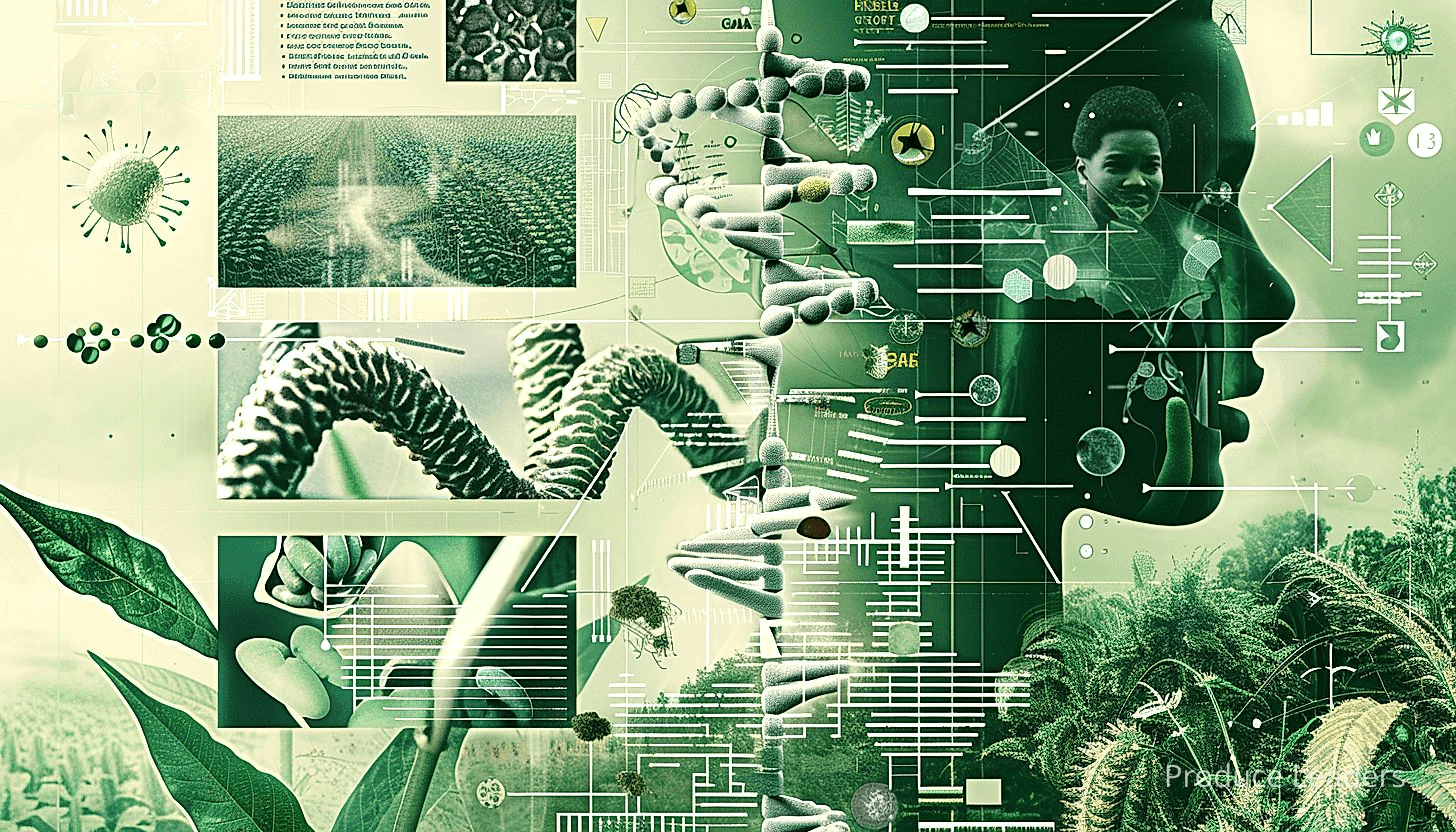
Similarly, policies favoring the globalization of food trade can lead to the increase in biosecurity threats. How, you ask? Think about this – incoming produce from different parts of the world might carry unique pathogens to which the local environment has not been exposed.
Here’s something else to think about: A policy facilitating the free movement of produce could unwittingly cause the rapid spread of a novel biosecurity threat.
Let’s consider some of the potential policy changes that might pose challenges to the produce industry’s biosecurity:
- Reduced pesticide use
- Increased globalization of food trade
- Looser controls over the movement of produce
- Changes in climate policy impacting farming patterns
Did you notice that last point? Yes, a change in climate policy could impact farming patterns, thereby introducing a fresh set of biosecurity challenges.
Changes in farming practices could in turn alter the ecology of pests and pathogens, creating new risks.
Let me tell you, do you agree that the ripple effects of policy changes present quite a daunting picture?
Yet the reality is, policy changes can enhance as well as inhibit biosecurity measures, depending on the specifics.
While it’s clear that risk management is important in predicting and managing the influence of policy changes on biosecurity, a further level of complexity arises due to the fact that risk is dynamic.
Guess what, risk parameters change along with the evolving policy landscape.
Isn’t it safe to say that the influence of policy changes on biosecurity poses a truly multi-dimensional challenge for the produce industry?
Being prepared for complex challenges requires a robust understanding of the varying implications of policy changes.
Therefore, the produce industry’s biosecurity can greatly benefit from comprehensive monitoring, thoughtful risk assessment, and dynamic response strategies. Does this make sense so far?
Keep in mind that a significant demand exists for the continued advancement of policies that are forgiving to the environment yet secure the bio-safety of the produce industry.
That’s a tough balancing act, wouldn’t you agree?
And yes, adaptation is a critical strategy in managing these emerging challenges. Keep in mind, there’s no single solution that fits all scenarios.
Continual review and adjustment of risk assessments is indeed crucial in light of policy changes.
Now, every stakeholder in the chain has a major part to play in maintaining biosecurity. Action is required from the policy makers to the consumers and everyone in between.
Willingness and awareness to accept these responsibilities are important. Do you acknowledge their roles?
Lastly, let’s not forget, producing food is about supplying one of the fundamental needs of all humans. Ensuring its safety is a shared responsibility.
The challenges are plenty but the collective will, ought to triumph. Don’t you think?
The Bottom Line
The global trade landscape undeniably impacts biosecurity in the produce industry, rendering comprehensive, cross-border strategies essential for mitigating associated risks.
The looming threats posed by climate change such as extreme weather events and their following effects on crop growth cycles, underline the ever-increasing need for robust, adaptive, and responsive biosecurity measures.
Bioengineering, while offering innovative solutions for bountiful and resilient produce, also presents its own biosecurity challenges that necessitates stringent management and oversight.
The use and management of genetically modified organisms (GMOs) in agriculture continue to be a sensitive matter, necessitating balanced policies that ensure both biosafety and food security.
Concerns surrounding microbial contamination not only highlight the importance of rigorous sanitation practices, but also the need for advanced detection and tracking systems for potential pathogenic threats.
Labor shortages, particularly in the farming sector, can indirectly compromise biosecurity by increasing the risk of shortcuts or oversights in critical biosecurity protocols and practices.
The skills gap in the sector adds to biosecurity challenges, indicating a pressing need for enhanced training and awareness programs to ensure that all industry stakeholders can contribute effectively to biosecurity goals.

